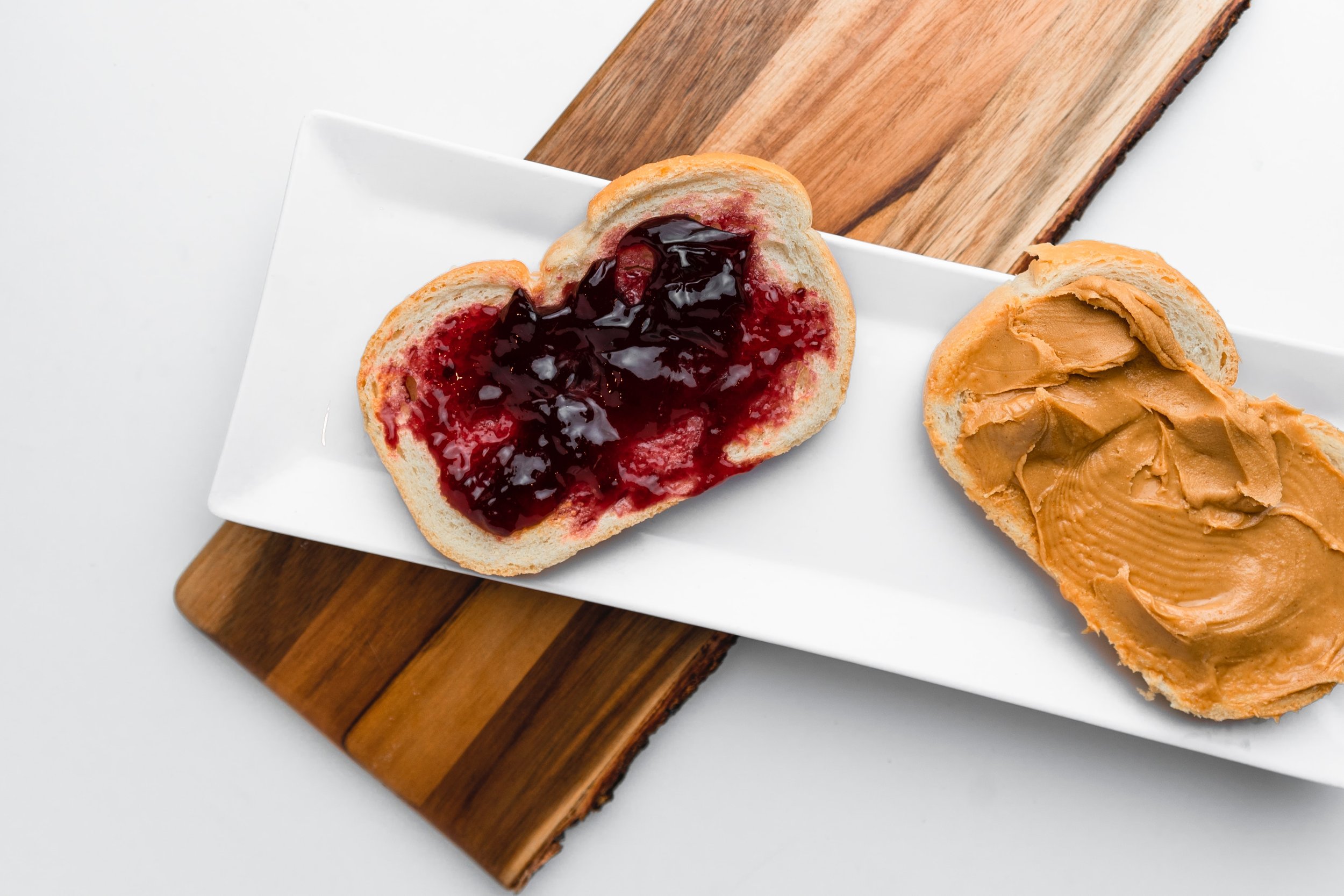Mark Sisson is widely regarded as the founding father of the ancestral health movement. A former world-class endurance athlete — with a 2:18 marathon and a 4th-place finish in the Hawaii Ironman World Triathlon Championships — the 67-year-old now presides over a wide-ranging Primal enterprise (including the Primal Kitchen line of healthy condiments) and maintains one of the world’s top health and fitness blogs at MarksDailyApple.com. Sisson is a New York Times bestselling author of numerous books, all of which challenge conventional wisdom’s diet and exercise principles.
Sisson’s latest book, Two Meals A Day (which he wrote with fellow elite athlete Brad Kearns), gets into the specifics of what and when you should eat for optimal health. In our modern world of food abundance, Sisson says eating just 2 meals a day with no snacking in between — a practice he calls ‘intermittent eating’ — is the most simple and sustainable strategy to lose fat and age well.
I recently had the opportunity to interview Sisson to get his advice for putting the Two Meals a Day philosophy into action.
…
If you want optimal health, body composition, and longevity, you have to do two things:
Eliminate processed foods in favor of wholesome foods
Eat less frequently
Sisson says following this approach enables you to achieve metabolic flexibility, whereby you burn body fat between meals and keep your energy, focus, and mood stable throughout the day.
The first step is completely removing ‘The Big 3 Toxic Modern Foods’ from your diet, according to Sisson. The 3 foods that should be avoided at all costs are sugars, grains, and refined industrial seed oils.
“Sugars, sweetened beverages, grains (wheat, rice, corn, pasta, cereal), and refined industrial seed oils (canola, corn, cottonseed, peanut, safflower, soybean, sunflower) are insidious killers,” writes Sisson in Two Meals A Day. “They are directly associated with both immediate health disturbances (inflammatory and autoimmune reactions) and an elevated risk of diabetes, cancer, heart disease, and cognitive decline in the long run.”
Sisson advises total elimination of these 3 toxic food groups for 21 days in order to escape carbohydrate dependency — what he believes is the #1 public health epidemic in the developed world. “Benefits should kick in quickly, which is more stable mood, energy, concentration, and appetite,” Sisson says. “Over the long term, becoming a fat burning beast will be life changing. Starting with efficient reduction of excess body fat and keeping it off!”
At this point, you probably know that sugar and refined grains are bad for your health, but you might not know as much about the evils of industrial seed oils. Unlike traditional fats such as olive oil, coconut oil, butter, and ghee, industrial seed oils are a very recent addition to the human diet, only introduced into the American diet in the early 1900s. This makes these industrial seed oils an evolutionary mismatch between our genes and the modern environment. Additionally, industrial seed oils produce an unhealthy omega-6-to-omega-3 ratio in the body, they are unstable and oxidize easily, are commonly derived from GMO plants, and are often repeatedly heated which makes them even more toxic.
It is very important to look at labels because sugars and industrial seed oils are added to just about every packaged food.
…
After you have removed the Big 3, it is time to restock your kitchen with nutrient-dense ‘ancestral’ foods, according to Sisson. For the past 2 million years, humans have been eating meat, fish, fowl, eggs, vegetables, fruits, nuts, and seeds. Instead of being overly prescriptive of the exact foods you should eat, Sisson advises to simply choose the foods you like best from those ancestral-approved categories.
He even allows for some healthy modern foods such as organic high-fat dairy products (e.g. Full-fat milk, cream, yogurt, aged cheese) and high-cacao dark chocolate (85%+ cacao).
If you want to consume the best of the best, Sisson says these are the healthiest foods we should be eating on a daily basis:
Grassfed Beef
Not just cow but buffalo/bison, elk, lamb, and venison. “Bone-in cuts of meat have better nutritional benefits than muscle meat (Burger, steak),” says Sisson.
Seafood
Oily, cold water fish (SMASH family of Sardines, Mackerel, Anchovy, Salmon, and Herring), salmon eggs, shellfish
Pasture-raised eggs
Sisson says pasture-raised eggs are vastly superior to conventional or even organic eggs, with the yolk being one of the planet’s true superfoods
Grassfed organ meats
“Liver is arguably the most nutrient dense food on earth,” says Sisson. He also recommends bone broth for the assorted nutritional benefits that are hard to find in other foods (e.g. collagen).
“Many health enthusiasts will want to include colorful, nutritious fruits and vegetables, but the aforementioned are the true superfoods,” asserts Sisson.
In fact, he recommends taking some caution with fruit. “Fruit is the most fat-forming of all carbohydrates because the main form of sugar in fruit, fructose, must first be processed in the liver before being burned,” says Sisson. “This is fine — it creates a more steady burn vs. sugar spike from straight sugar — unless you are a typical modern human with full glycogen stores and the fruit is extra carbohydrates you don’t need.” The liver is where extra carbs are converted into fat (triglyceride) so fruit is easy to convert into fat.
Sisson recommends aligning fruit consumption with ancestral principles — enjoy fresh local fruit in season and emphasize high antioxidant, low glycemic fruit (berries are best!) and de-emphasize lower antioxidant, higher glycemic fruits (tropical fruits such as mango, pineapple, and papaya).
…
After you clean up the quality of your diet, you are ready to move toward eating only two meals a day (i.e. fasting more often than eating).
“Fasting has profound anti-inflammatory and immune boosting effects,” says Sisson. He notes that fasting produces internal antioxidants, optimizes cellular detoxification, enhances mitochondrial health, and enables your brain and body to burn fat as fuel.
“Fasting blows away the benefits offered by any superfood smoothie, magical jungle berry, exotic fresh-squeezed juice, or expensive detox powder or pill,” according to Sisson.
He says the best way to get started with an intermittent-eating lifestyle is to simply wait until WHEN (When Hunger Ensues Naturally) to eat your break-fast meal every day. This typically means having only a midday meal and then dinner. This fits within what is commonly known as 16/8 fasting, where you eat only during an 8-hour window (e.g. 12–8pm) and fast for the other 16 hours. It’s not as hard as it sounds, especially since sleep counts toward your fasting time.
Another option is the Morning-Evening pattern. In this case, you enjoy a morning breakfast and then dinner, with nothing in between. This approach works well for people who are especially busy during the day and not able to break away for a healthy meal.
Or you could simply follow the ‘Intuitive Pattern,’ honoring natural hunger and satiety signals and eating a maximum of two meals a day with no snacking. “This may be the most evolved and successful strategy for an experienced and highly adept fat burner,” according to Sisson, although you probably want to work your way up to this point over time.
At a bare minimum, you should confine eating to 12 hours or less each day. As your body adapts, you can regularly push your fasting window to 14 or 16 hours, or occasionally even 20 or 24 hours.
Snacking is ok when you are just starting out, but make sure to reach for something healthy like a handful of nuts, dark chocolate, or hard-boiled eggs. Over time, you want to eat only two meals a day with no snacking in between.
…




















